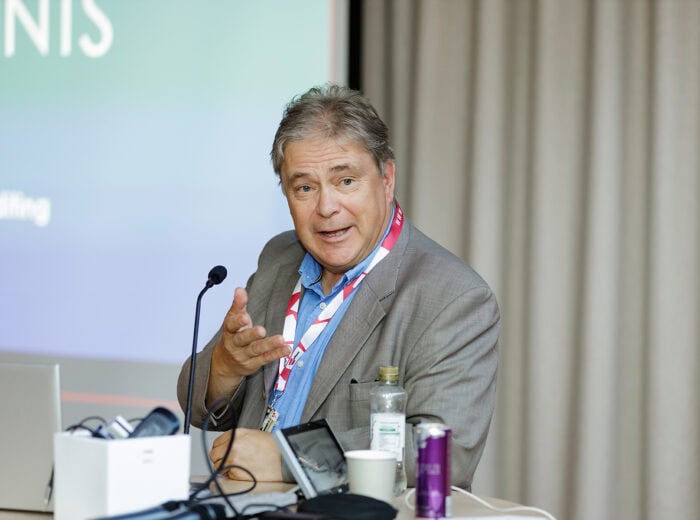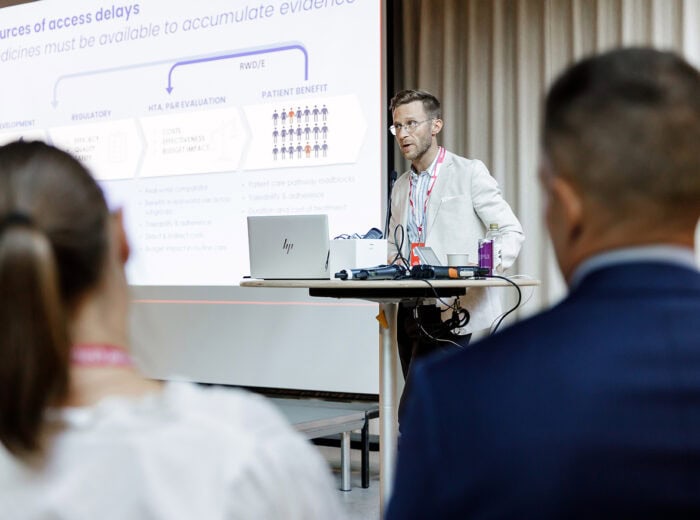Up to 20–30 Percent of All Care May Be of Low Value to Patients
Eliminating low-value care is a key means of safeguarding the sustainability and quality of healthcare.
Overall survival among SCT patients has improved between 2013–2022. “Evolution of treatment practices and outcomes in multiple myeloma during 2013-2022: a Finnish real world registry study” was published in the Nordic journal Acta Oncologica.
This retrospective analysis included 1,733 patients with MM diagnosed between 2013 and 2022. Patients were divided by stem cell transplantation (SCT) status into a SCT group (512 patients) and a non-SCT group (1,221 patients). In this time period, overall survival among SCT patients has improved.
Multiple myeloma is a B-cell neoplasms characterized by overproduction on monoclonal immunoglobulins, or their light chains found in blood and / or urine. Treatment practices are evolving continuously. In Finland, MM is the second most prevalent hematologic malignancy, with 383 new diagnoses reported in 2021.
A newly published Finnish registry-based study (real-world evidence, RWE) investigated the development of treatment practices and patient outcomes.
According to Riikka Mattila, Sr. Scientific Advisor at Medaffcon, the study covered EHR data from 1,733 patients diagnosed with MM, representing 54% of Finland’s population. The patients were diagnosed between 2013 and 2022.
“Based on the study, it can be concluded that new treatment strategies are especially needed for older and more frail patients who are not eligible for stem cell transplantation,” Mattila stated.
The aim of the study was to describe the evolving treatment landscape and patient outcomes in four Finnish university hospital districts: Helsinki and Uusimaa (HUS), Southwest Finland (HDSF), Pirkanmaa, and Northern Savonia (HDNS). These areas collectively cover 2.75 million residents and around 40 hospitals.
Patients were identified through hospital data resources, which were linked to national registries. Primary care diagnosis and procedure data were collected from the Care Register for Healthcare (AvoHILMO), medication purchase data from the Social Insurance Institution (Kela), dates of death from Statistics Finland, and an age and sex matched control cohort from Digital and Population Services Agency (DVV).
Patients were divided into two groups based on whether they had received a stem cell transplant (SCT): 512 had undergone transplantation, while 1,221 had not. Patients were also grouped by diagnosis year into two time periods: 2013–2017 and 2018–2022.
The median age at diagnosis was 71.3 years. Use of new medications increased significantly during the follow-up period, especially lenalidomide in first-line and maintenance therapy among transplant recipients.
Four-year survival rates for patients who received a transplant improved markedly: 81.7% in 2013–2017 and 93.0% in 2018–2022.
For transplant ineligible patients the median overall survival (OS) increased slightly—from 41.3 months in 2013–2017 to 43.8 months in 2018–2022. However, this difference was not statistically significant.
Evolution of treatment practices and outcomes in multiple myeloma during 2013–2022: a Finnish real world registry study. Partanen A, Waltari M, Vikkula J, Mattila R, Närhi K, Eeva J, Putkonen M. Acta Oncologica (2025).

Eliminating low-value care is a key means of safeguarding the sustainability and quality of healthcare.

Access times to medicines vary greatly between European countries, and delays in oncology drugs in particular are increasing.

A Nordic approach to data collection carried out through Medaffcon saves clients’ resources, reduces duplicate work, and accelerates processes.